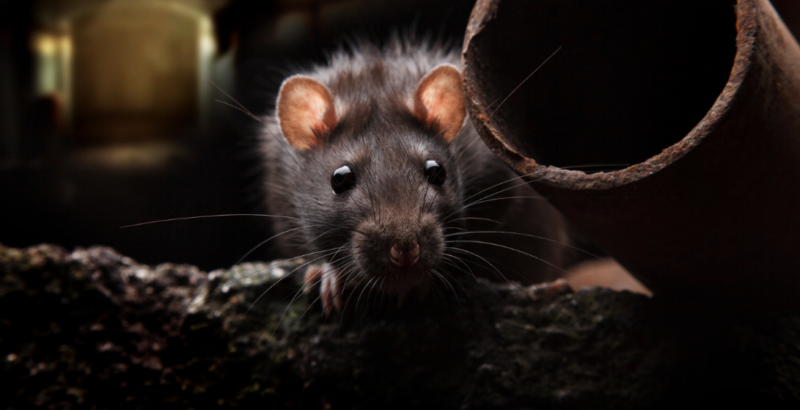For pest control professionals, handling a large rodent infestation is all in a day’s work. A well-executed rodent management plan includes thorough inspections, strategic trapping, and habitat modifications to eliminate the problem. But after weeks of effort and a significant drop in rodent activity, there’s often one last challenge that can test even the most experienced pest management professionals: catching the final rat.
The Challenge of the Last Rat
Eliminating an entire infestation is rarely as simple as removing every rat at the same rate. The last rat standing—whether the sole survivor of a colony or a wary newcomer—can be the hardest to catch for a variety of reasons:
- Survival Instincts Kick In
Rats are highly intelligent creatures, and when they see their colony dwindling, they become hyper-aware of their surroundings. They may avoid food sources they previously relied on, change their movement patterns, or stay hidden for longer periods. A lone rat is also less likely to take risks, making it far harder to trap.
- Human Phobia & Neophobia
Rats are naturally cautious animals, often avoiding open spaces, unfamiliar objects, and—most importantly—humans. When an infestation is in full swing, rats may be more willing to take chances in search of food. But once their numbers decline and human presence increases, their natural wariness intensifies. This can make traps or bait stations less effective, as the rat may avoid anything new in its environment, a behavior known as neophobia.
- The Problem with Fewer Competitors
During an active infestation, food sources are in high demand, and competition among rats can drive them to take risks. But when only one rat remains, the urgency to find food diminishes. With an abundance of options and no pressure to act quickly, the last rat can afford to be patient, making trapping more difficult.
- Changing Routes and Behaviors
In a group, rats tend to follow established pathways, making it easier for pest professionals to identify high-traffic areas and set traps accordingly. However, when only one rat remains, it may alter its behavior—using new routes, hiding in more secluded spaces, or even retreating into wall voids for longer periods. This unpredictability adds another layer of difficulty.
How Pest Control Professionals Outsmart the Last Rat
So, how do experts tackle this frustrating challenge? It often comes down to a combination of patience, adaptability, and strategic placement of control measures.
- Tracking and Monitoring:Motion-activated camerasand remote sensing rodent detection devices can help pinpoint the rat’s movements and identify areas where it feels safest.
- Rotating Traps and Baits:Since rats are cautious about new objects, we set a variety of attractants – like different foods, nesting materials, etc. – to entice them to come to traps.
- Using Nesting Instincts:A lone rat will still seek warmth and shelter. Placing traps in tight, enclosed areas or near insulation materials can be effective.
- Minimizing Food and Water Sources:With a single rat left, eliminating alternative food sources increases the likelihood that it will approach a baited trap.
Patience is Key
Catching the last rat takes time, and at Sprague we know that persistence is the name of the game. While it may seem like a single rodent isn’t a big deal, leaving it unchecked can allow an infestation to restart. With the right combination of knowledge, tools, and patience, even the most elusive rat will eventually make a mistake.
For businesses dealing with a rodent issue, partnering with an experienced pest management provider ensures that every last rat—literally—is taken care of. Because when it comes to pest control, even one rat is one too many.

